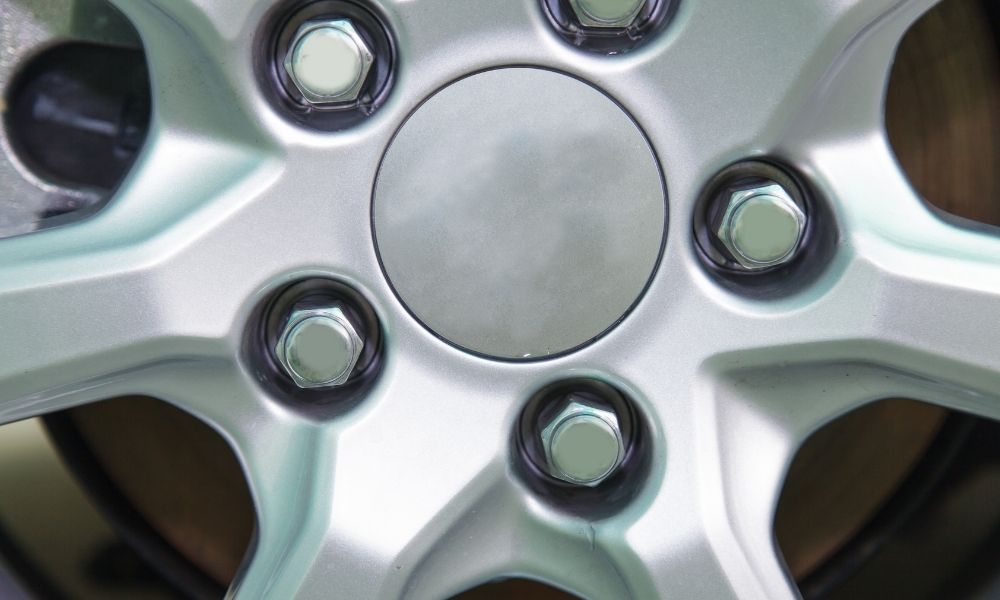
When buying a new set of wheels for your car, you want them to be as aesthetically pleasing as they are high-quality and functional. However, trying to find that balance between style and practicality can be a bit more difficult. To help you narrow down your options, here’s what you need to know before you buy your next set of rims.
Diameter
The first consideration is the diameter of your rims. Currently, you’ll find 17-inch diameter wheels to have the greatest number of wheel designs and tire options, which makes it a good choice if you’re a beginner at customizing your vehicle. However, a good consideration to make is whether you want high- or low-profile tires and the corresponding rims to fit them. For off-road vehicles, you’ll want high-profile wheels for greater contact with the uneven and rough terrain. If you’re sticking to the streets, however, you’ll find better performance with low-profile wheels like the Nissan Maxima’s rims.
Width
Manufacturers will often list the recommended wheel width for each specific tire size. This recommendation typically consists of a wheel that is two to three inches narrower than the tire you intend to use. Narrower rims are often nice because they are better at keeping the tire on the wheel when it is experiencing low air pressure. However, if it is too narrow, the wheel may cause the tire to crown.
Offset and Backspacing
Offset refers to the wheel’s mounting surface relative to the centerline of the wheel. Positive offsets have a narrower track width that places the mounting surface closer to the outside of the wheel. For negative offsets, the opposite is true.
Backspacing is like offsetting but is determined through width. Backspacing refers to the distance from the inside lip of the wheel to the mounting surface. A shallow backspacing is equivalent to a negative offset, while a deep backspacing is equivalent to a positive offset.
Bolt Pattern
Last, and perhaps one of the most crucial details you need to know before you buy your next set of rims, is the bolt pattern. The bolt pattern of the wheels needs to match the pattern on your car’s axles. Refer to the manufacturer’s manual to find specific details about your car before buying your rims. Nothing is worse than finding out you’ve got the wrong type of wheel after the fact.


